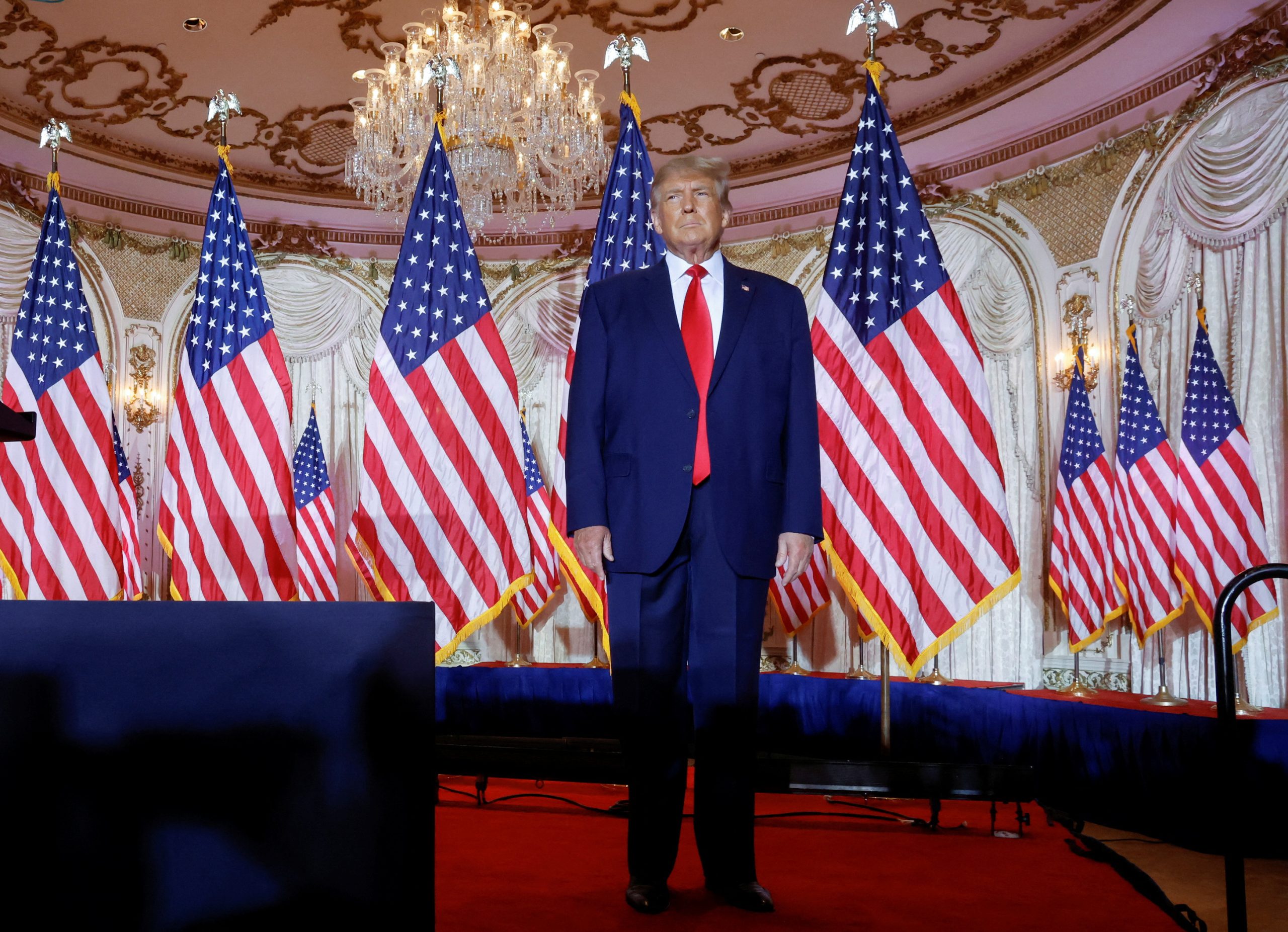Iranians voted on Friday in a snap presidential election to replace the late hard-line President Ebrahim Raisi. The election features a contest between hard-line candidates and the sole reformist, Masoud Pezeshkian, a heart surgeon who promises to pursue friendly relations with the West to energize a largely apathetic electorate.
The election highlights a stark choice for voters between entrenched hard-line policies and potential reform. Women and advocates for radical change have been barred from running, and the election will not be monitored by internationally recognized observers, continuing a trend established since the 1979 Islamic Revolution.
This election occurs against a backdrop of heightened tensions in the Middle East, notably due to the ongoing Israel-Hamas war in Gaza. In April, Iran launched its first-ever direct attack on Israel over the conflict, and Iran-backed militia groups like Lebanon’s Hezbollah and Yemen’s Houthi rebels have escalated their involvement.
In parallel, Iran continues to enrich uranium close to weapons-grade levels, maintaining a stockpile sufficient to construct several nuclear weapons if it chooses.
Pezeshkian, after casting his ballot, called for friendly relations with all nations except Israel. His comments appear aimed at boosting voter turnout amid widespread public apathy due to ongoing economic challenges and the aftermath of mass protests. Higher voter turnout is generally advantageous for reformist candidates like Pezeshkian, who aim to transform Iran’s Shiite theocracy from within.
While Ayatollah Ali Khamenei, Iran’s 85-year-old supreme leader, has ultimate authority over all state matters, the president can influence the country’s approach to the West. However, recent elections have seen record-low turnouts, raising questions about how many Iranians will participate in this election.
Pezeshkian, voting at a hospital near Tehran, responded to a journalist’s question about Iran’s potential relations with the West, expressing hope for friendly ties. He also condemned any harsh treatment of women regarding the mandatory hijab, referencing the 2022 death of Mahsa Amini, which sparked nationwide protests.
The possibility of a high turnout could improve Pezeshkian’s chances, yet it is uncertain if he can garner the necessary momentum. Calls for a boycott from figures like Nobel Peace Prize laureate Narges Mohammadi, who is imprisoned, and Mir Hossein Mousavi, under house arrest since the 2009 Green Movement protests, reflect the deep-seated disillusionment among many Iranians.
Critics argue that Pezeshkian is just another government-approved candidate. In a state TV documentary, one woman said her generation is developing the same level of animosity toward the government that Pezeshkian’s generation felt during the 1979 revolution.
Analysts describe the race as a three-way contest among two hard-liners, former nuclear negotiator Saeed Jalili and parliament speaker Mohammad Bagher Qalibaf, and a poorly polling Shiite cleric, Mostafa Pourmohammadi.
Pezeshkian has aligned himself with former President Hassan Rouhani, under whose administration Iran negotiated the landmark 2015 nuclear deal with world powers.
This snap election coincides with heightened political activity in the U.S., where President Joe Biden and former President Donald Trump recently debated. Trump highlighted his administration’s hardline stance on Iran, including the 2020 drone strike that killed Revolutionary Guard Gen. Qassem Soleimani.
Iranian state media prominently featured images of voters in Kerman near Soleimani’s grave and broadcast images of modest voter lines at polling places nationwide. Supreme Leader Khamenei cast one of the first votes, emphasizing the importance of high voter turnout for the Islamic Republic.
Over 61 million Iranians are eligible to vote, with 18 million between the ages of 18 to 30. To win outright, a candidate must secure more than 50% of the vote; otherwise, a runoff between the top two candidates will occur the following week. There has been only one runoff in Iran’s presidential election history, in 2005, when hard-liner Mahmoud Ahmadinejad defeated former President Akbar Hashemi Rafsanjani.
The sudden death of President Raisi in a May 19 helicopter crash necessitated this election. Raisi, a close associate of Khamenei and a potential successor as supreme leader, was known for his role in the 1988 mass executions and the crackdown following Amini’s death.




















